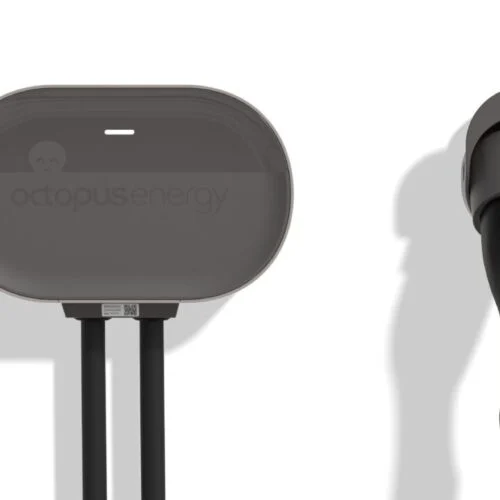Double the renewables currently waiting in connection queues could be integrated into the grid using Grid-Enhancing Technologies (GETs), a new study has found.
The study – undertaken by the Brattle Group on behalf of the WATT Coalition – looked specifically at the US, charting the benefits of three GETs on renewable deployment.
Using the Southwest Power Pool (SPP) grid as an illustrative case study, it focused in on the US states of Kansas and Oklahoma, finding that renewables curtailments are likely caused by transmission congestion. The three GETs looked at – Advanced Power Flow Control, Dynamic Line Ratings and Topology Optimisation – could help to tackle this congestion, enabling the two states to integrate 5,200MW of solar and wind generation currently in interconnection queues by 2025, over double the development possible without the technologies.
Indeed, in a scenario without GETs 2,580MW of wind and solar is deployed by 2025, a difference of 2,670MW when compared to the GET scenario.
On a national scale, GETs could cut carbon emissions by 90 million tons per year, double the amount of renewables that can be integrated prior to building large-scale transmission lines and create US$5 billion in yearly energy savings. Additionally, 330,000 local construction jobs and 20,000 high-paying operation jobs could be created by the implementation of the technology.
All three of the GETs included within the study focus on operational improvements and – according to the study – have a much lower cost and faster implementation than traditional transmission technologies.
Advanced Power Flow Control injects voltage in series with a facility to increase or decrease effective reactance, which then pushes power off overloaded facilities or pulls power on to under-utilised facilities. Dynamic Line Ratings, meanwhile, adjust thermal ratings based on actual weather conditions in conjunction with real-time monitoring of resulting line behaviour, and Topology Optimisation automatically finds reconfiguration to re-route flow around congested or overloaded facilities while meeting reliability criteria.
In order to enable the benefits of the technologies, the study has released several legislative and regulatory recommendations, one of which being that renewable developers should be allowed to request and have GETs offered as a least cost solution to connect to the grid.
Federal infrastructure stimulus should invest in the technologies, the study also said, as well as recommending that the US’ Federal Energy Regulatory Commission (FERC) act to require GETs be considered in transmission planning.
FERC should also create incentives for GET deployment, which the study described as “currently broken due to the cost-recovery business model for transmission in the United States”.
Rob Gramlich, executive director of the WATT Coalition, said the report shows how active management of the grid can deliver “more clean power over the existing network”, adding that the technologies are “proven, and small adjustments to regulations will lead to widespread
benefits”.
“The value to the climate and the economy is too large to leave on the table.”






